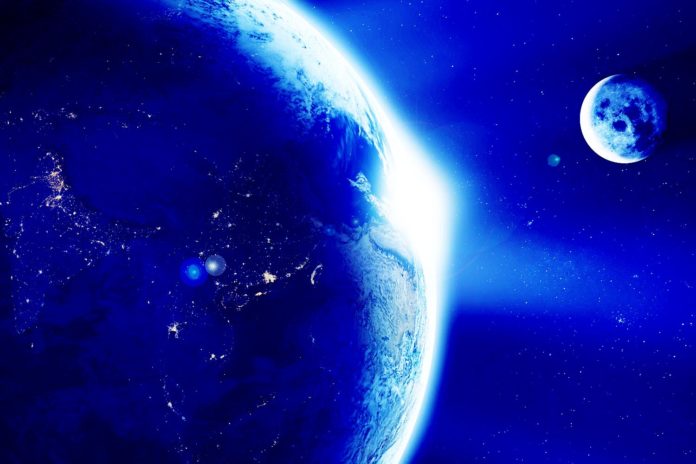
After nearly 200 days in space, 3 astronaut crew members will now be packing up to head back home to Earth. This 3 person crew features NASA astronauts Terry Virts, spacecraft commander Anton Shkaplerov and European Space Agency astronaut Samantha Cristoforetti.
WHAT WAS THE ASTRONAUTS MISSION?
The landing date for our astronauts was originally set for May 13 – the duration of which was scheduled to last 199 days, 16 hours. However, they experienced a bit of a setback, when a Russian rocket failure, that occurred in April, put up somewhat of a brick-wall in the lab’s crew rotation schedule.
“I have to say, no, I’m not very angry!” Cristoforetti told an interviewer. “It’s an exceptional vessel that allows us to explore all the opportunities for research in microgravity and weightlessness and to assess also many technological solutions and to learn about operating a machine so complex in an international context. So it’s a pleasure, a joy and a privilege to stay a little bit longer.”
Expedition 44 commander Gennady Padalka, NASA astronaut Scott Kelly and cosmonaut Mikhail Kornienko were left behind in the process of all this. Originally launched on March 27 on the Soyuz TMA-16M ferry craft, Kelly and Kornienko will now spend almost a full 12 months in space, aiding other researchers in discovering more about the long-term effects of weightlessness and exposure to radiation that exists in space.
AFTERMATH
Once astronauts Virts, Shkaplerov and Cristoforetti go through the extensive medical checks in a nearby tent, the 3 will fly to Karaganda where there will be an official Kazakh welcoming ceremony taking place. Then, Shkaplerov will head back to Star City located near Moscow, while Cristoforetti and Virts climb aboard a NASA jet for their long flight back to Houston. As it stands now, Padalka, Kelly and Kornienko will remain at the station all by themselves, for about 6 weeks or so. And the research will not be moving quickly until the Soyuz TMA-17M crew arrives in the later part of July.
The work that astronauts Kelly and Kornienko are conducting will continue to move forward, Kelly said, “but certainly at a reduced rate.” Regardless of the size of the crew and how fast they can work, the pace will remain intense for them all.
WHAT IS NEXT?
NASA is currently in the middle of a large reconfiguration process of the space station, in order to prepare the lab complex for dockings by Boeing and SpaceX crew ships, which will begin in 2017. Earlier in 2015, Virts played a hand in 3 spacewalks, totaling 19 hours and 2 minutes to install wiring that is required by new docking adapters. The new U.S. crew capsules will dock at Harmony’s forward and space-facing ports, and the first new docking adapter will be launching June 26 on a SpaceX Dragon cargo ship.

















